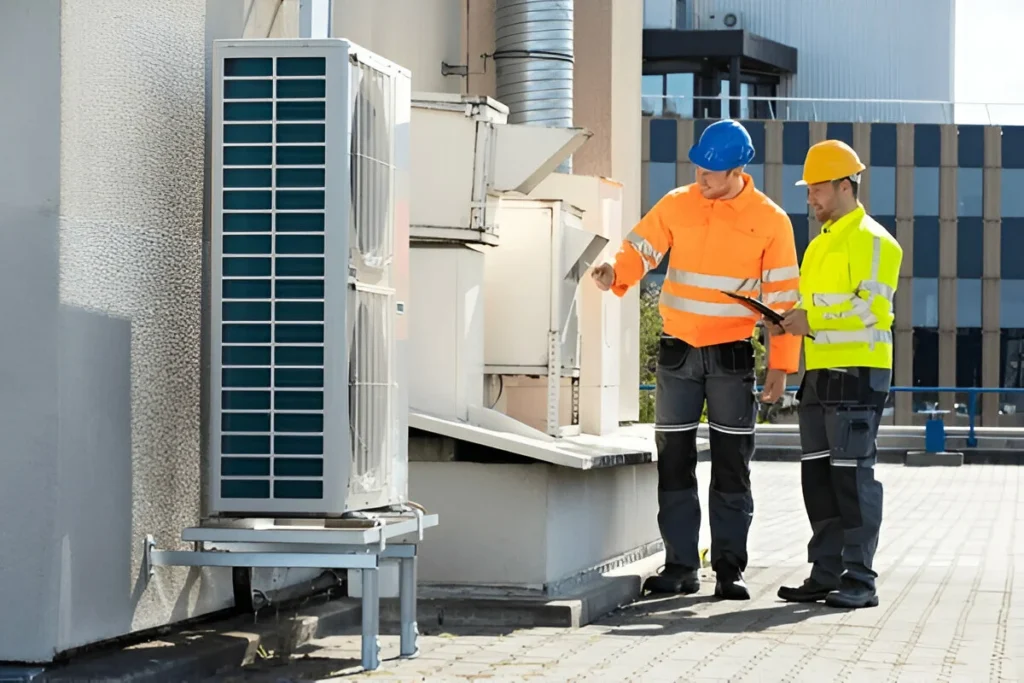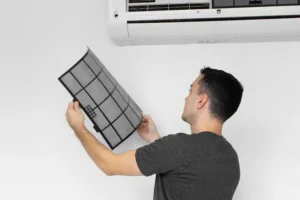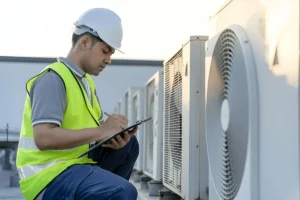
By Admin
Full AC Repair isn’t always the solution. Learn how to distinguish between a simple gas refill and major repairs with insights from experienced professionals in the field.
Air conditioners have become more than just a comfort—they’re essential to maintaining a livable indoor environment, especially during the intense summers. However, when your AC stops cooling efficiently, a common dilemma arises:
Does your unit just need a gas refill, or is it time for full AC repair?
Understanding the difference can save you time, money, and frustration. Let’s explore how to make an informed decision, based on experience-backed knowledge from professionals.

Before jumping into solutions, it’s important to identify the symptoms your AC is showing. These often include:
Warm air blowing from the indoor unit
Strange noises or vibrations
Higher electricity bills without increased usage
Water leakage from the indoor unit
Bad smell or stale air
The compressor frequently turning on and off
While all these may indicate different issues, they commonly trace back to either gas leakage or deeper component failures—requiring full AC repair.
An AC gas refill refers to replenishing the refrigerant, a cooling agent that absorbs heat from the indoor air. Loss of refrigerant (also called gas) typically happens due to:
Small leaks in the coil or pipe
Improper installation
Wear and tear over time
Lack of periodic maintenance
Look out for these signs:
AC cools initially but becomes warm quickly
Ice forming on the outdoor or indoor coils
Hissing or bubbling sounds from the unit
Lower airflow from vents
If your AC technician detects low gas pressure or visible leaks during inspection, a gas refill may be the immediate solution.
Full AC Repair goes beyond just fixing gas levels. It involves a comprehensive diagnosis and restoration of one or more malfunctioning components. It may include:
Compressor repair or replacement
Circuit board checks
Capacitor or contactor issues
Fan motor or blower repair
Cleaning or replacing the evaporator/condenser coils
Fixing electrical wiring or thermostat calibration
Here are situations where a gas refill won’t solve the problem:
Your AC doesn’t turn on at all
The unit trips the circuit breaker frequently
Cooling is inconsistent across rooms
There’s excessive water leakage or unusual noises
You’ve already had multiple gas refills in a short period
The compressor is unresponsive
At this point, a full AC repair is not just recommended—it becomes necessary for the long-term health of your unit.

| Aspect | Gas Refill | Full AC Repair |
|---|---|---|
| Focus Area | Refrigerant level | Electrical, mechanical, or structural parts |
| Cost | Relatively low | Moderate to high, depending on damage |
| Time Required | 30 minutes to 1 hour | 1–3 hours or more |
| Problem Resolved | Cooling loss due to gas leakage | Broader malfunction issues |
| When Needed | Only if gas is low and no component issue | For complete breakdown or performance issues |
Here are key points to help you decide intelligently:
If your AC was recently serviced and gas refilled, recurring cooling problems point to deeper issues.
Units older than 7–8 years may be more prone to wear and tear and often require full AC repair over patch fixes.
A spike in your electricity bill could signal inefficiencies that can’t be solved by a simple gas refill.
Buzzing, clanking, or screeching noises are usually mechanical and not refrigerant-related.
Ultimately, a technician from a trusted provider can diagnose the issue accurately using the right tools and expertise.
Sometimes, what seems like an urgent repair could have been avoided with timely maintenance.
Regular servicing ensures:
Gas levels remain optimal
Filters and coils are clean
Moving parts stay lubricated
Hidden faults are identified early
Here’s what a basic preventive checklist should include:
Filter cleaning or replacement
Thermostat calibration
Coil and drain line cleaning
Checking refrigerant pressure
Testing for electrical faults
Opting for quick fixes like frequent gas refills—without addressing the root cause—can reduce your AC’s lifespan. In contrast, a full AC repair might feel costlier upfront but will restore overall functionality and efficiency, saving you money in the long run.
Reliable repair services prioritize diagnosis over guesswork, using tools like:
Digital manifold gauges
Leak detectors
Thermal sensors
Multi-meter analysis
These methods ensure you get a repair plan tailored to the actual problem, not assumptions.

Ideally, never—if your AC is leak-free. Frequent refills signal a leak or component failure that needs immediate attention.
It’s not advisable. Low gas causes your compressor to overwork, which can lead to permanent damage.
If your unit is under 10 years old and repair costs are less than 50% of a new unit’s price, repair is usually more economical.
Lack of cooling, tripping, or a non-starting outdoor unit often points to compressor issues.
No. Gas refill involves pressure systems and toxic chemicals. It should only be handled by certified technicians.
It’s tempting to choose the quickest or cheapest option when your AC isn’t working. But long-term efficiency and comfort require clear diagnosis and appropriate treatment. While a gas refill might temporarily cool things down, it doesn’t address deeper mechanical or electrical issues.
By understanding the difference between a simple gas refill and a full AC repair, you can make smart decisions for your unit’s longevity, performance, and energy use.
Whether you’re handling residential units or managing commercial HVAC systems, always choose service providers who prioritize integrity, transparency, and technical expertise to ensure long-term performance and reliability.